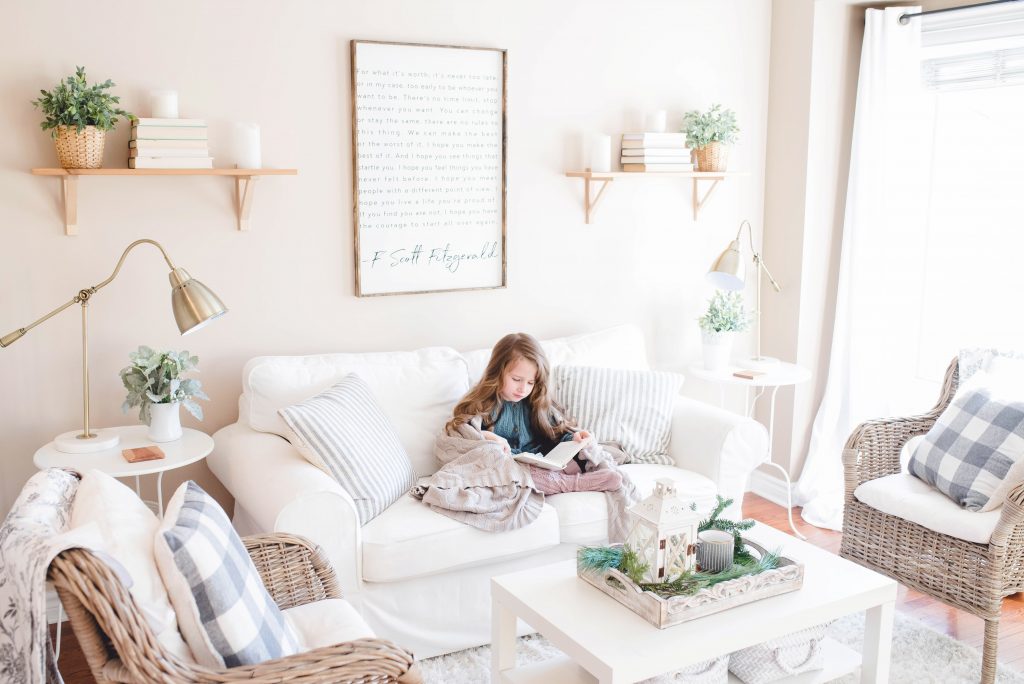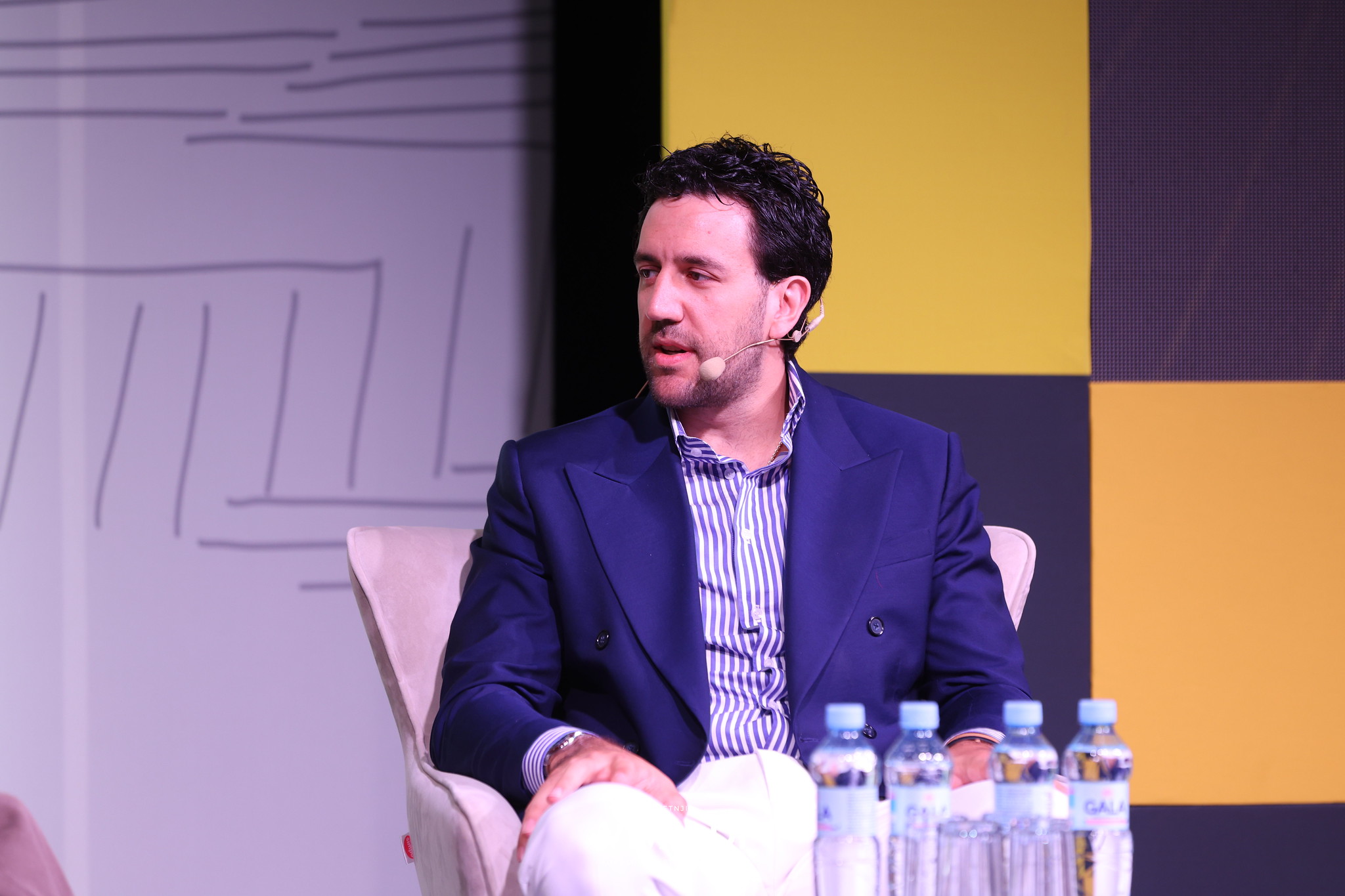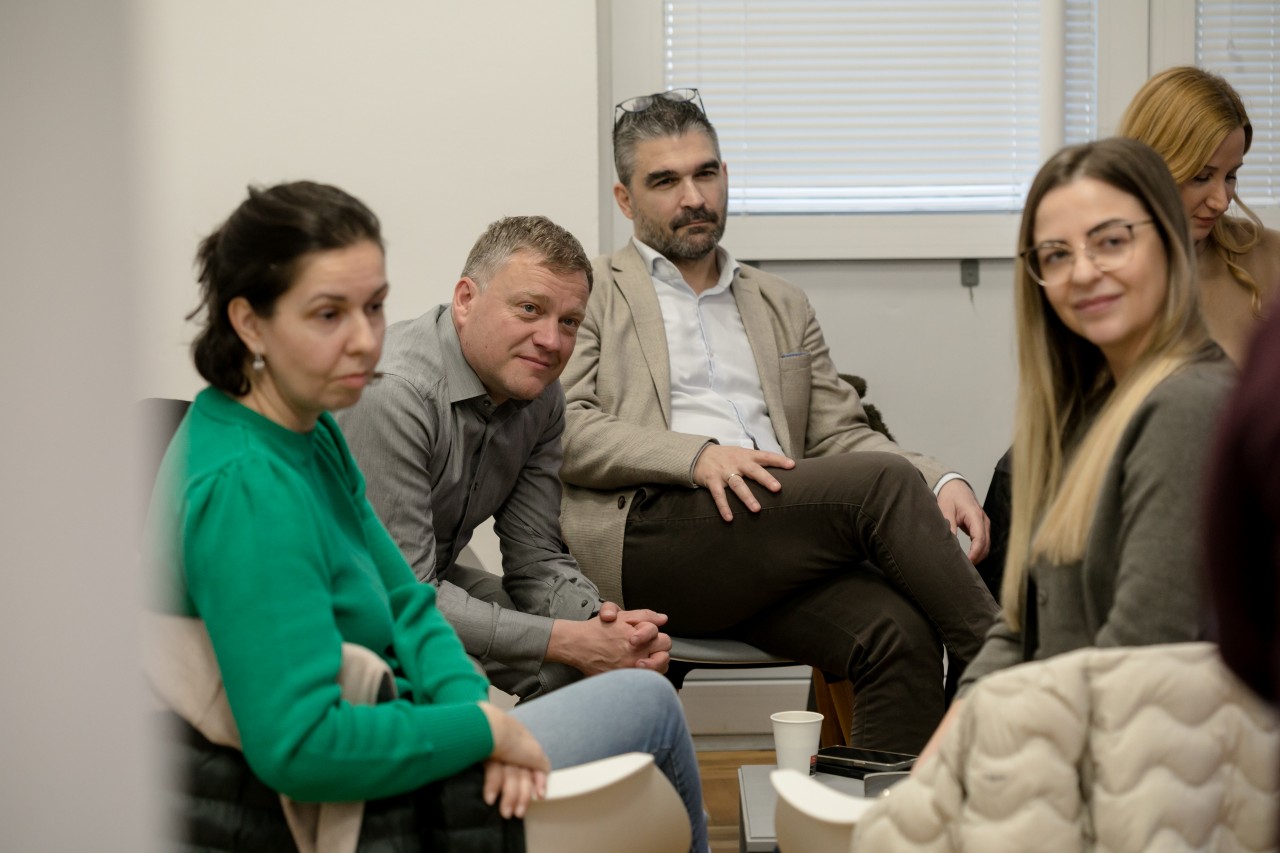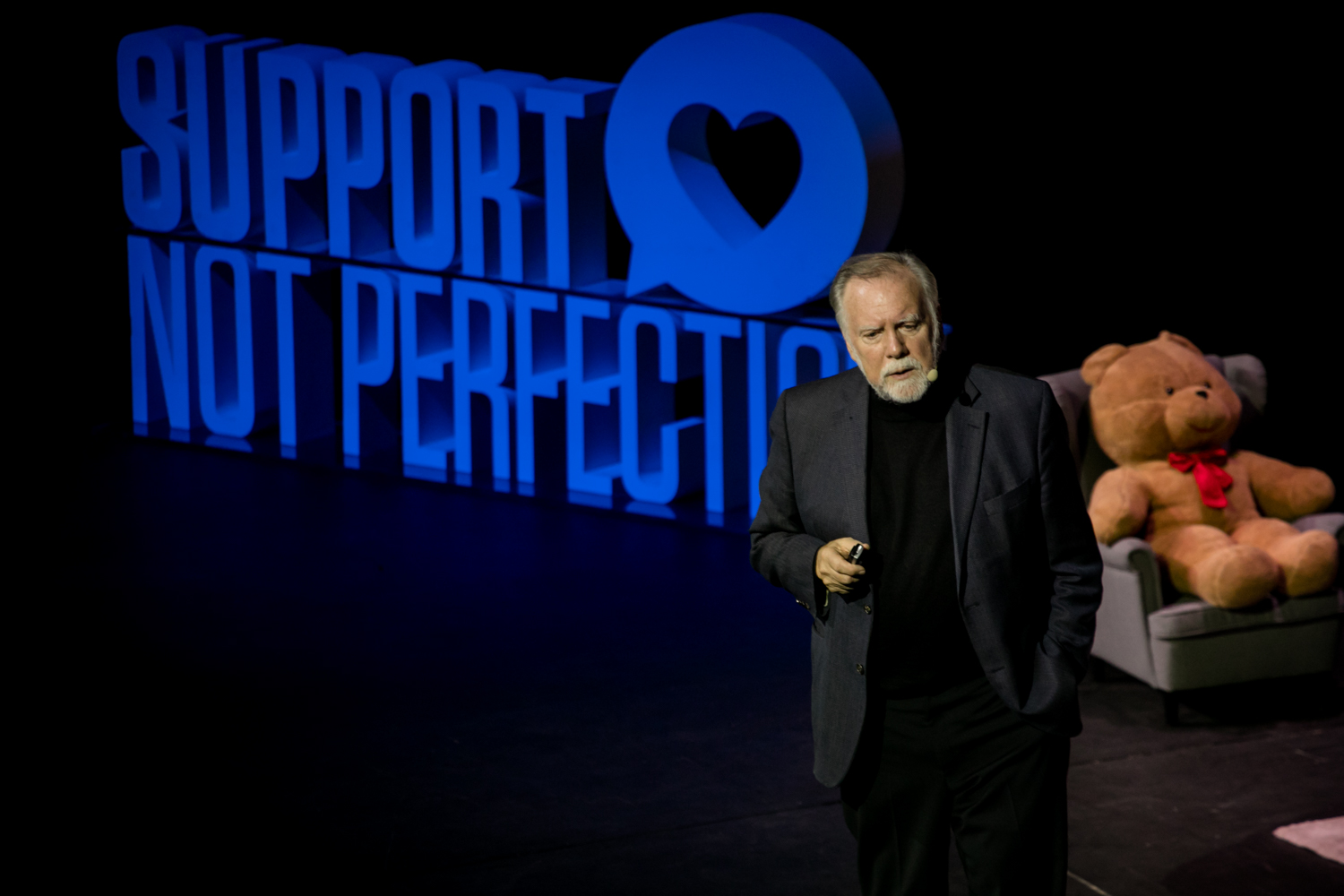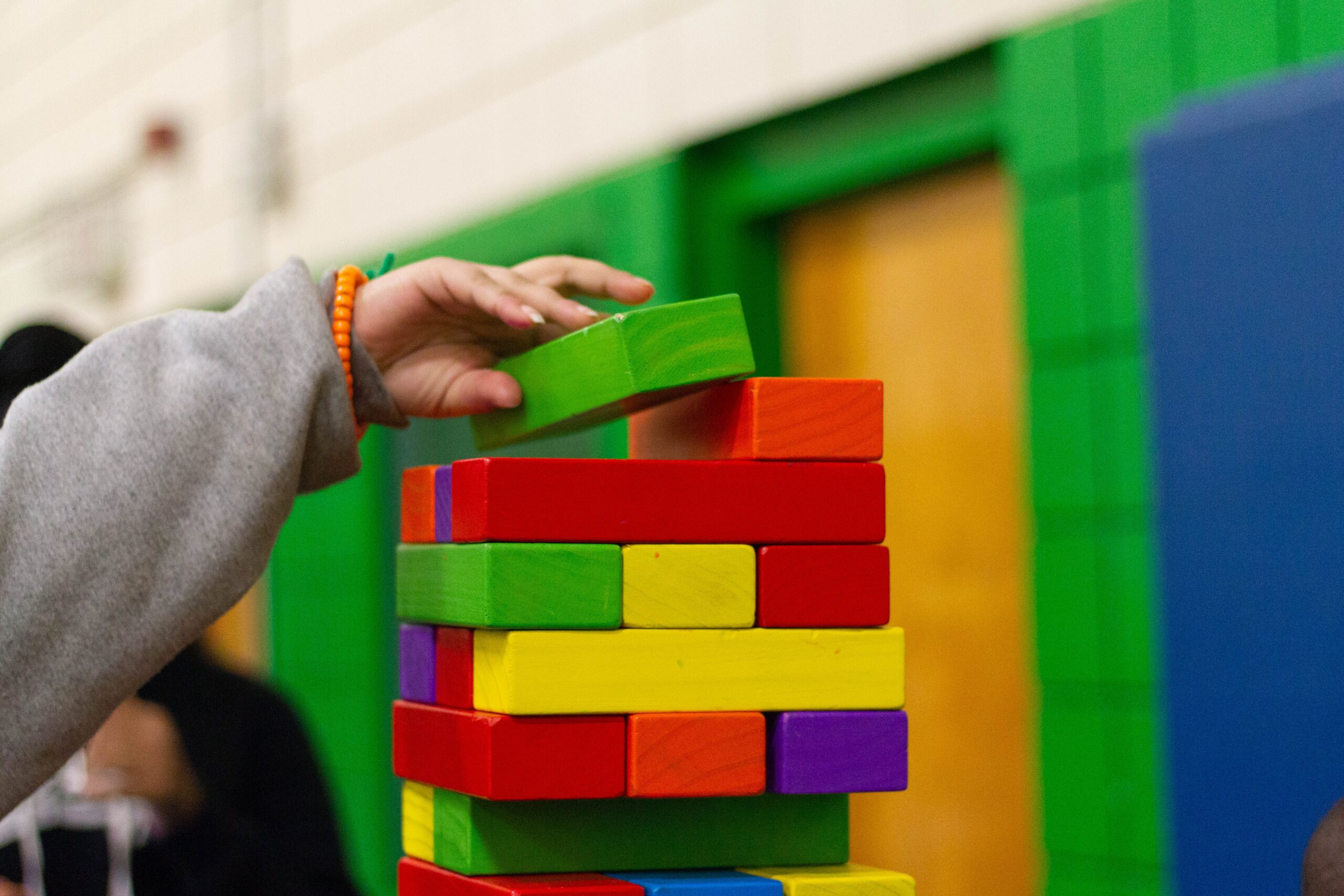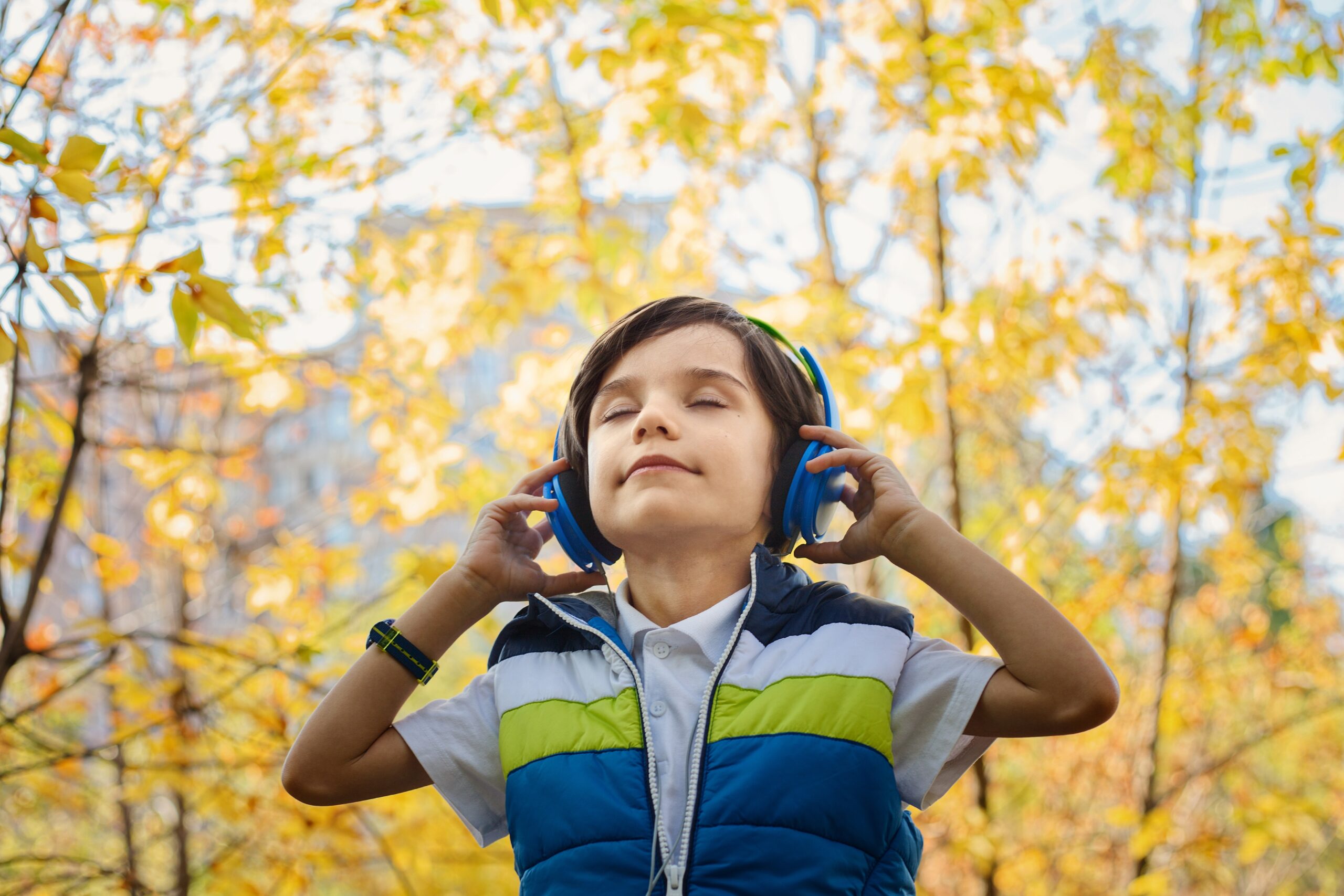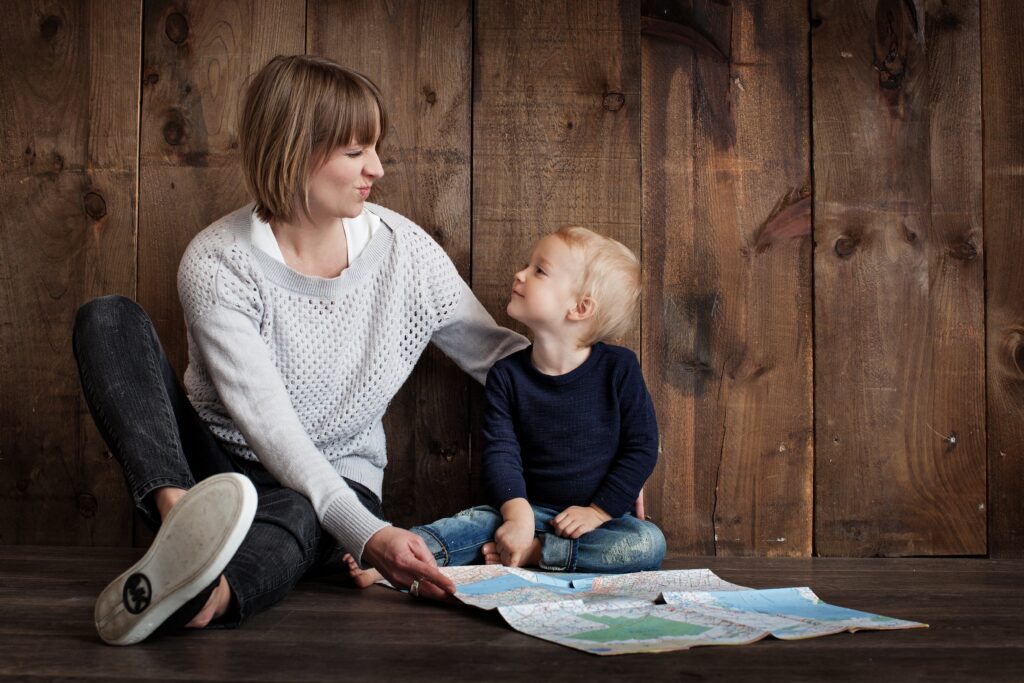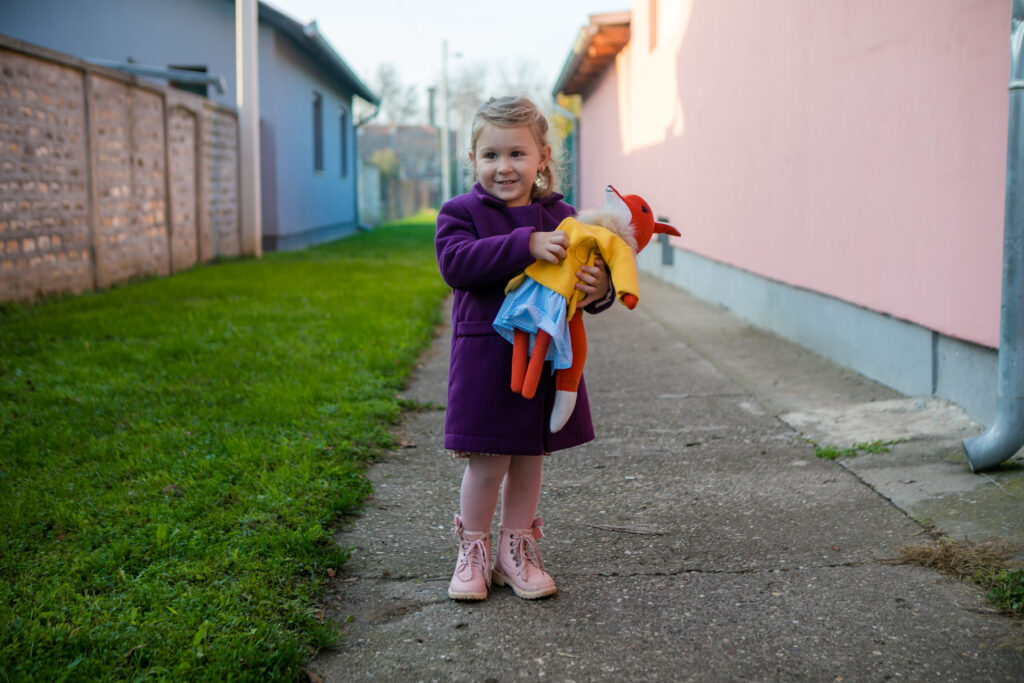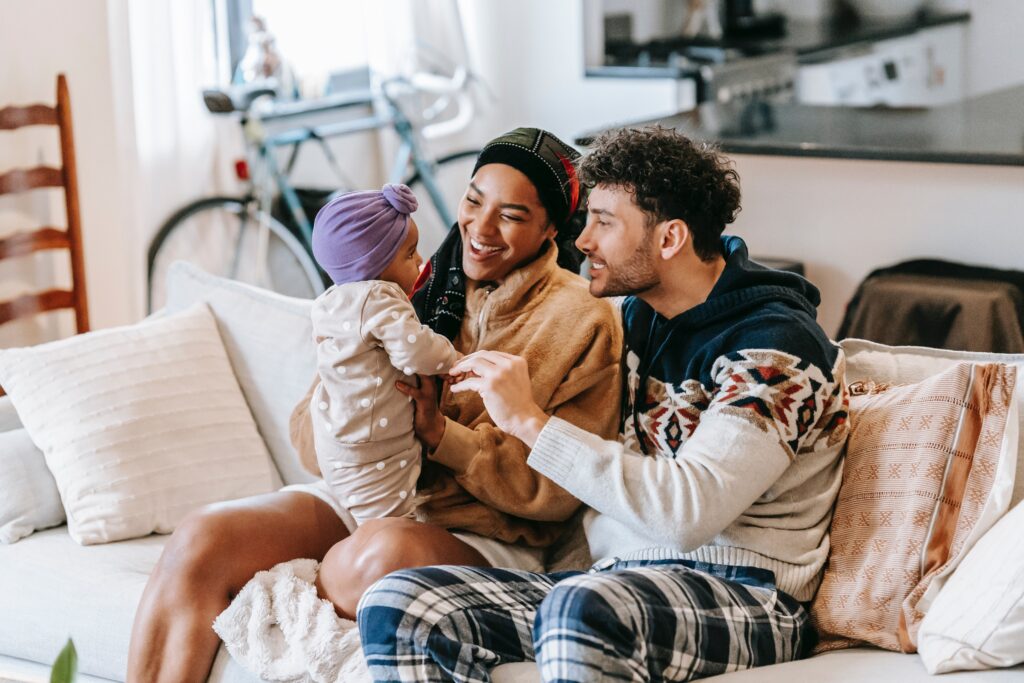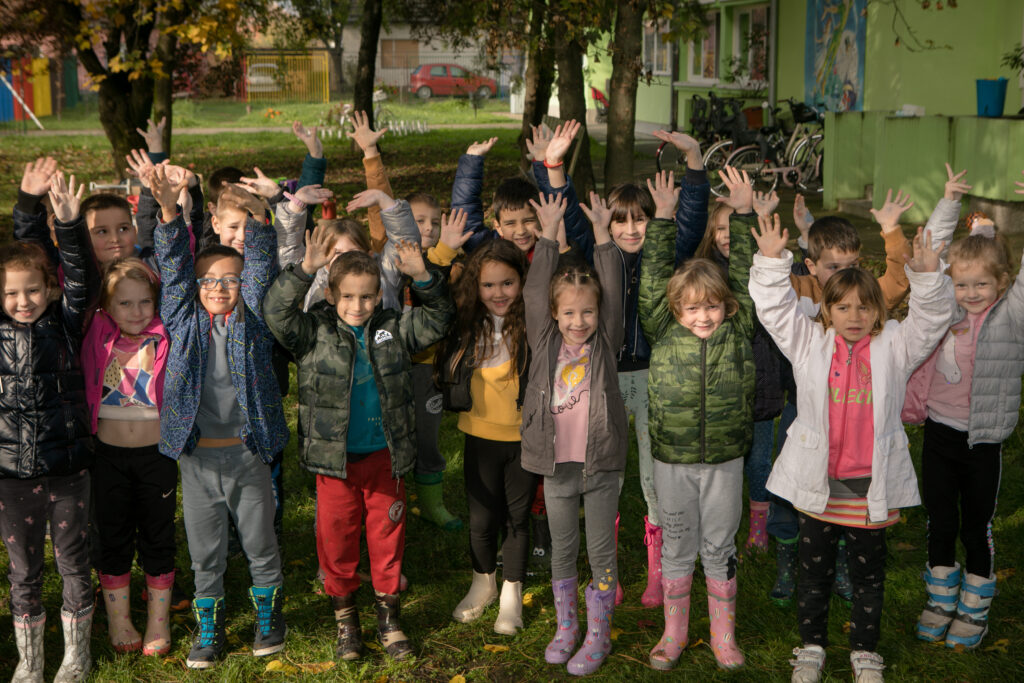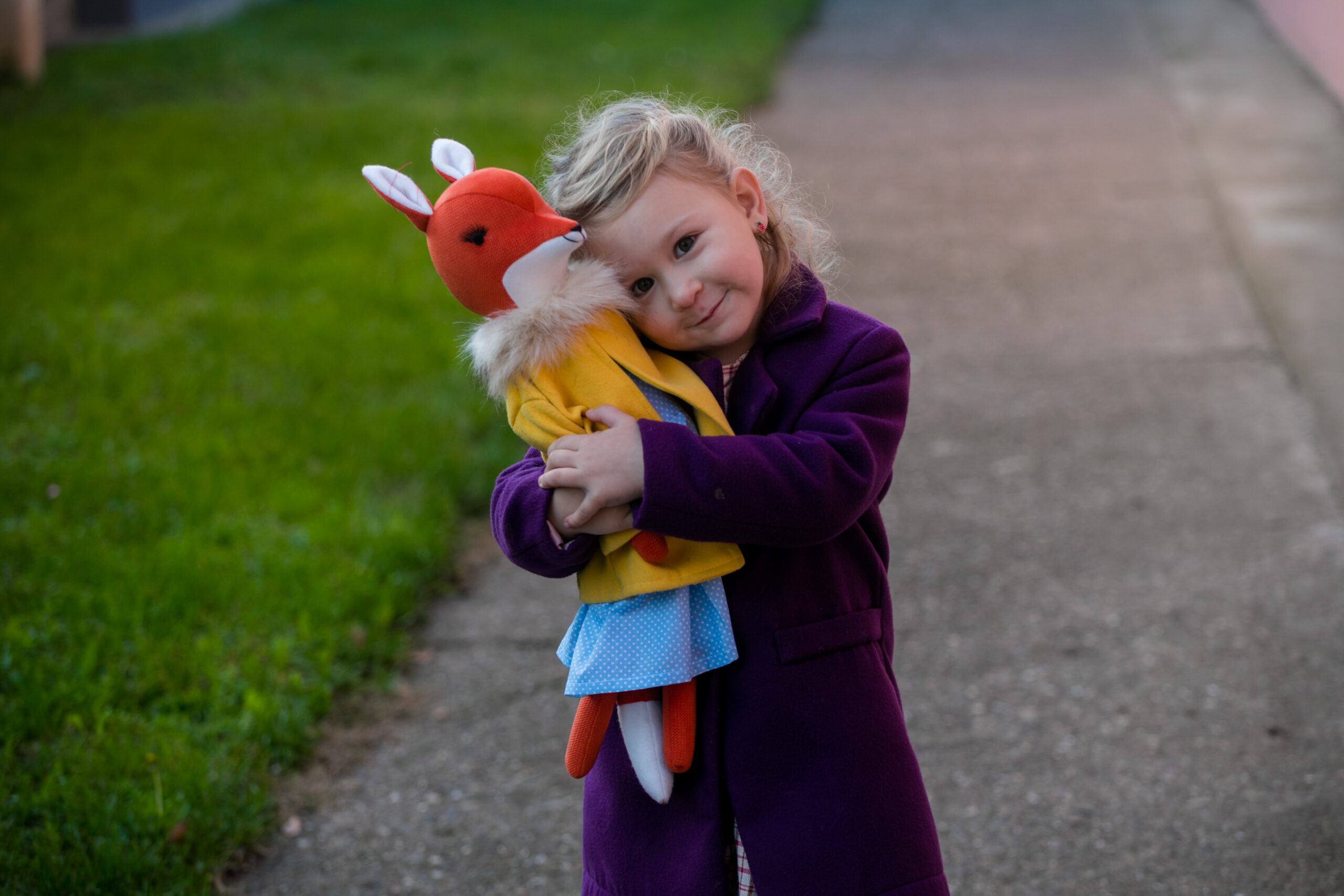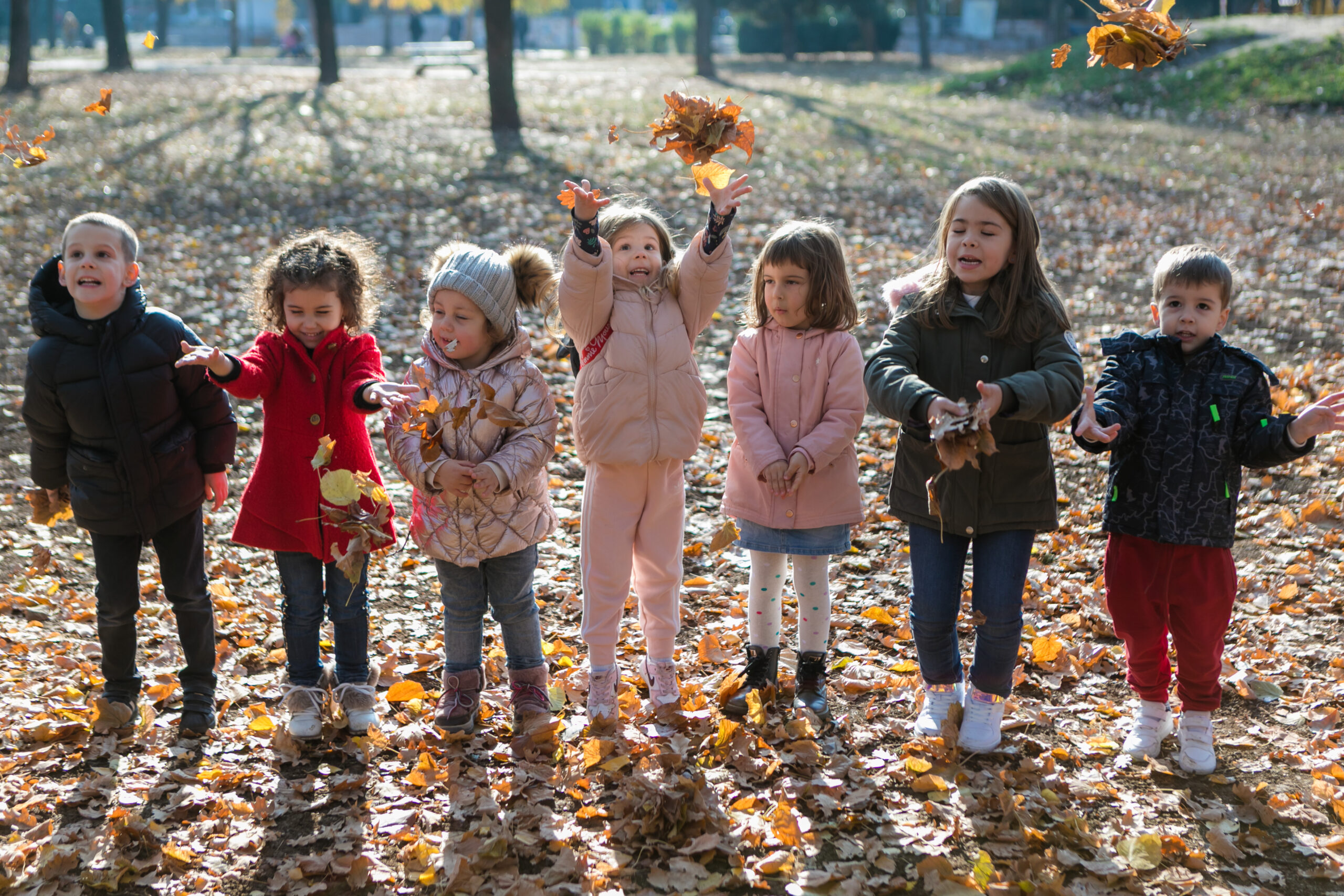For many, the upcoming period of self-isolation is a period when they will be spending more time and home, both children and adults, with each other. Although it sounds like a fairy tale, in practice, it isn’t always the best of situations – there are both work and chores, and paying attention to children, and caring for your own health and worries, all at the same time and within the same “four walls”. However, within these “four walls,” you can discover “a hundred marvels” if you look at the situation as an opportunity to slow down the usual routine and once more find the time to shape life and its meaning together.
With that in mind, here are some suggestions on what children and adults can do with the shared time they have been given:
1. See the world
There are various beautiful worlds, real and fictional, and various ways to visit them – even when we can’t leave our home. Numerous cultural institutions have opened their imaginary doors to users from various countries, in order to help them get through the upcoming period more easily. This means that, from the comfort of your home, you and your child can:
-
Explore music events
Music knows no language or age barriers, so you can travel further with your child and explore the offers of Belgrade Philharmonic, Berlin Philharmonic, Metropolitan Opera
… or why not play your own music? If you do not have any and cannot play any instruments, it is enough to simply sing together alongside your favourite music. You can also find a lot of songs adapted for karaoke on YouTube.
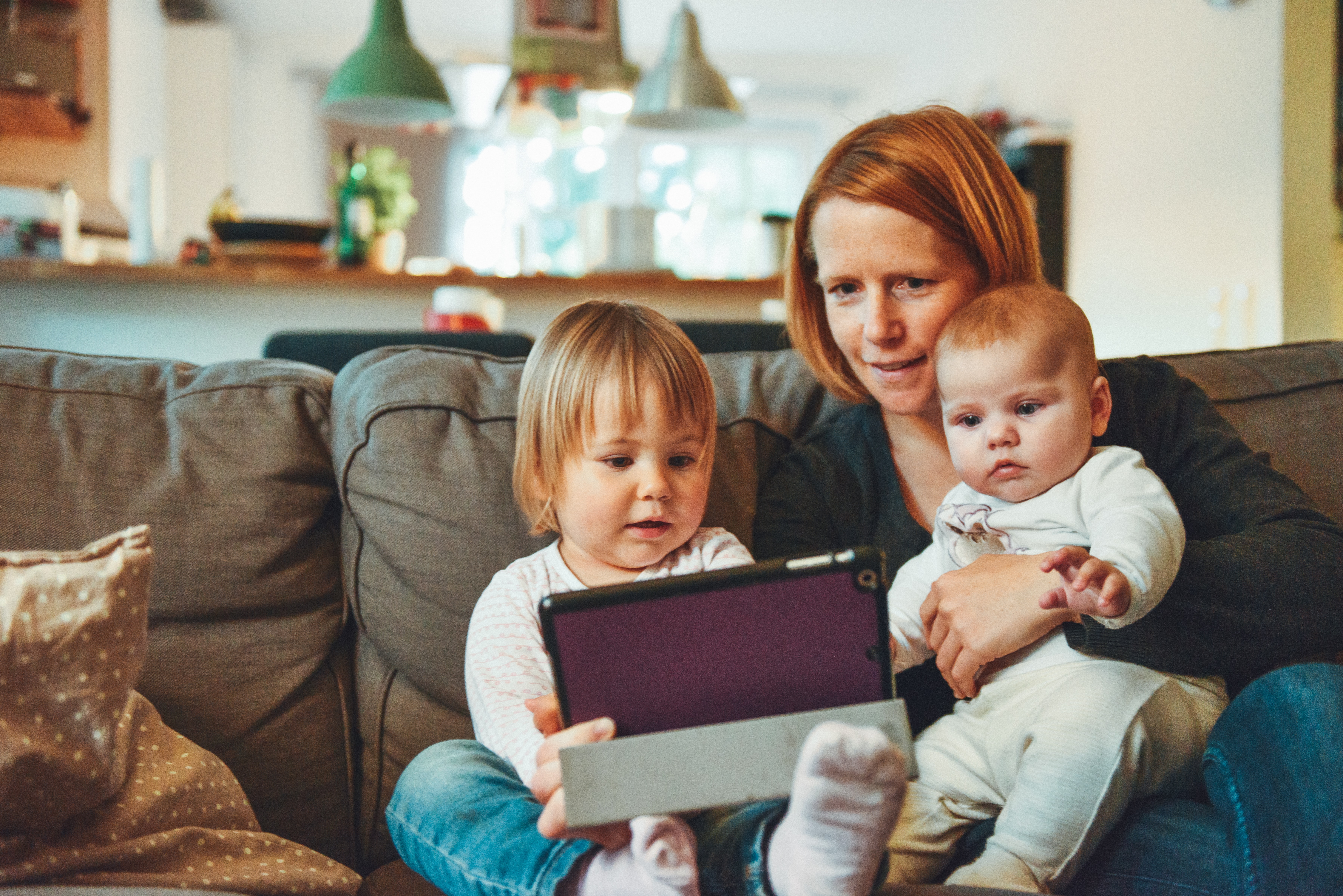
For many, the upcoming period of self-isolation is a period when they will be spending more time and home, both children and adults, with each other.
-
Visit museums
Some museums are offering interactive tours through their exhibits, while other websites only have photos of the exhibited art. However, curious objects found in different museums can be inspirational enough to encourage you to do further research. Some of the museums you can peek into from the comfort of your home are the National museum, Hometown Museum in Knjaževac, Boston Children’s Museum or check out 12 famous international museums which made their contents available virtually.
Let artwork and historical artifacts inspire you to create your own art – draw, make dough figurines and sculptures from everyday objects at your disposal, and if you have access to a printer, you can also use recommended coloring books made from artworks from different museums.
-
Visit other cities and planets
With the help of technology, we can actually travel further than we ever thought we could. In addition to being able to use the Google Street View app to peek into any city in the world and walk its streets, the Internet is also letting us visit space, so you can together explore the Solar system, Planet Mars … and your space research will be enriched by content for children offered by NASA.
These great stories can also help you explore space together with your child.
If you can observe the night sky from your yard or the apartment’s window, maybe space research will inspire you to make your own star maps, look for constellations, or, simply, daydream under the stars together – activities without particular ambitions can often make the best memories.
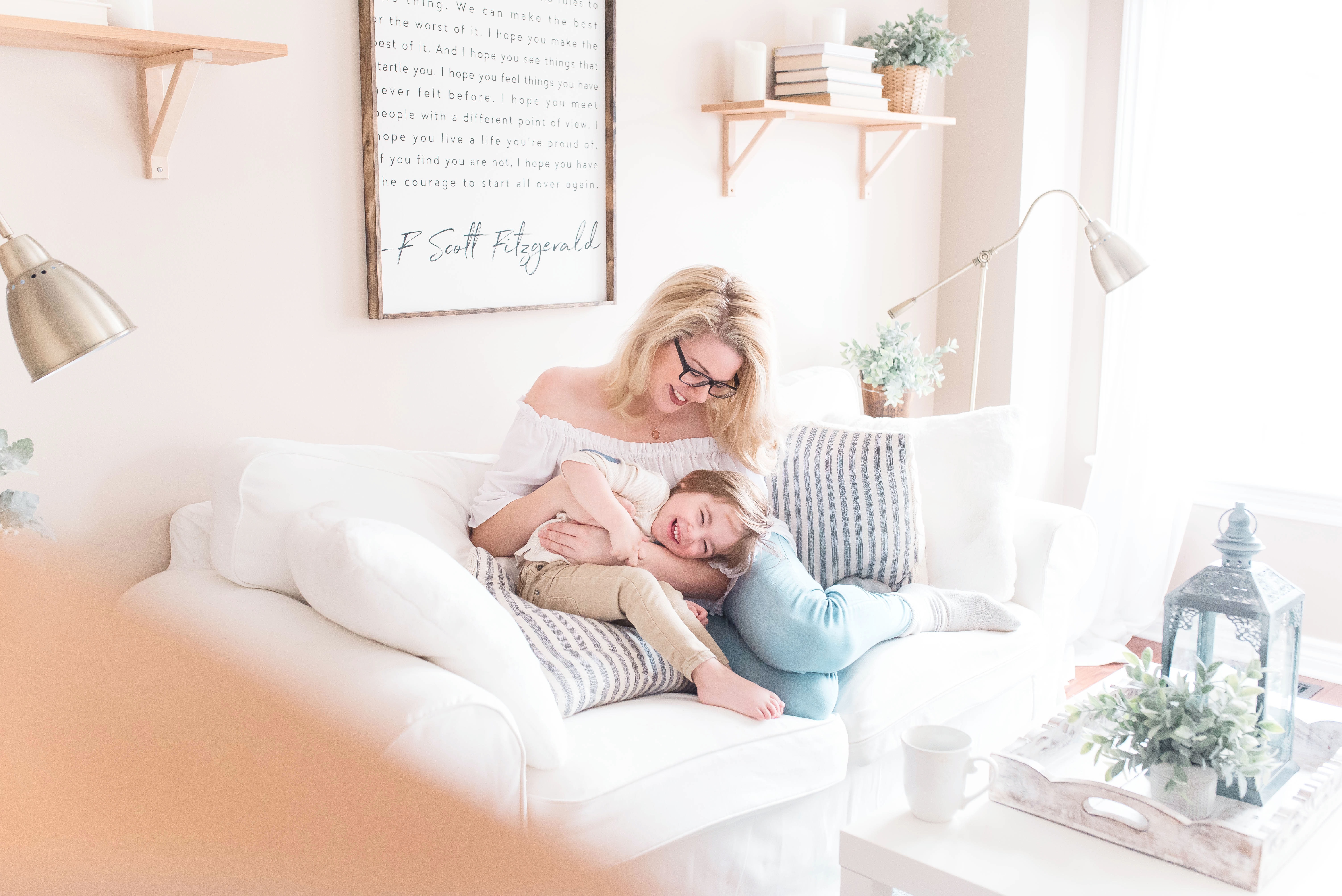
The current situation of self-isolation requires social distancing as one of the basic measures for protecting yourself and others.
2. Organise
It is clear that adults will have many chores – cooking, tidying, cleaning – but we usually don’t think that children may want to help us with that. Regardless of age, children like to be involved in what the adults are doing and, foremost, they may also want to contribute to the community they are a part of.
If the child is older, make a list of daily and weekly chores, and then discuss who can do what and how much; If the child is small, let it participate in the chores that you do – it can help with dusting, cleaning of small and unbreakable cutlery, washing vegetables and setting the table. There is no need for this to become a matter of discipline and involuntary obligation – you should not “teach” the child, but share the responsibility for the shared living space and successful functioning of the community.
3. Connect
The current situation of self-isolation requires social distancing as one of the basic measures for protecting yourself and others. Closing of kindergartens and schools due to self-isolation measures, and the inability to visit extended family, or spend time in the park, at the playground and “in the neighborhood” with friends may lead to the child losing contact with adults and peers who it is close to, and feel more isolated from the world. This doesn’t have to be the case.
The internet offers numerous platforms, such as Skype, Viber, Zoom and Google Meet, via which we can keep in contact and stay in touch, while abiding by the precautionary measures. The child will need your help to reach friends and use these platforms, but once you open that possibility and help them establish contact, children will easily coordinate their shared time on their own – like, in personal contact, children know best about what they want to talk about and what they want to share with their friends.
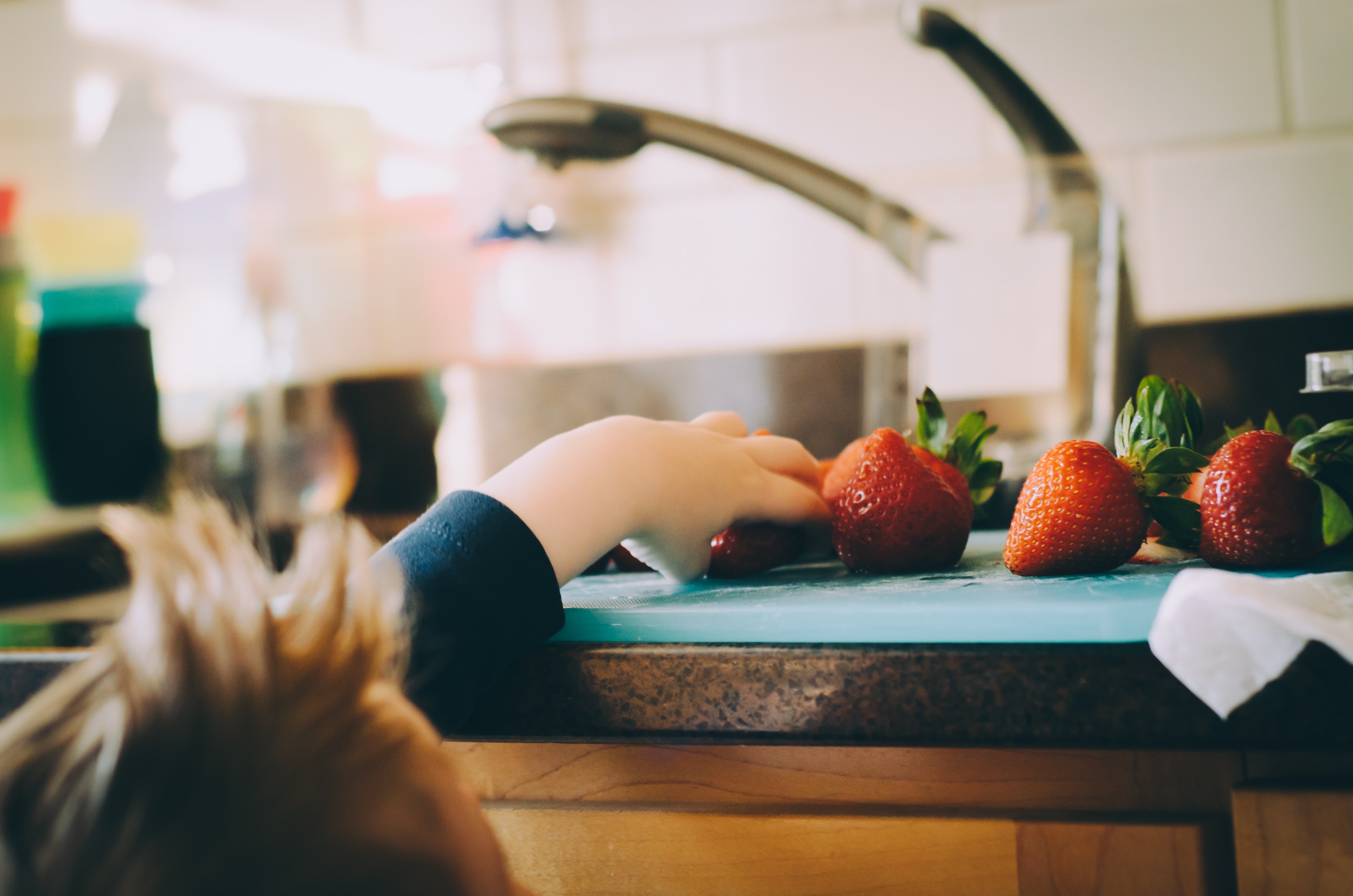
Regardless of age, children like to be involved in what the adults are doing and, foremost, they may also want to contribute to the community they are a part of.
Even though this period is very challenging, it is still a part of our children’s childhood. The most precious experience we can give them at this moment is to play together, to encourage one another, and to believe that no matter the circumstances we can create a life worth living.
And of course, do not forget to play!
It is important to not forget that in this situation of self-isolation, the child learns primarily through relations built with other people, and it assigns meaning to the world by leaning on the people who were close to them and who they trust. The opportunity for time together and supporting the child in preserving contacts with their dear persons create a strong foundation for rich and meaningful experiences, much more than a whole series of educational activities and contents planned upfront.
Our behavior in a situation we find ourselves in is a bigger lesson than any spoken word. With our behavior, we are not just a model on how to take responsibility for respecting the advised protection measures and responsibility for the business and school obligations, but also how to deal with uncertainty, fear, and challenges in life. We have the opportunity to, while encouraging and empowering ourselves, empower our children too, and teach them to get the best out of the worst situation.
That is why we should be brave, we should be calm and we should be positive. Nothing will be lost nor missed, except moments together, if we rush through them.
About the author: Nevena Mitranic is a third-year doctoral student of Preschool Pedagogy at the Department of Pedagogy and Andragogy of the Faculty of Philosophy, University of Belgrade. She is also one of the Djokovic Scholars. At the same faculty, she defended her Master’s thesis Child’s Play in the context of Education Policy and Practice. Since September 2016, she has been working as a demonstrator for the courses Child’s Play and Creativity and Developing Early Childhood Education Practice and she also assists in the program Curriculum Development and Evaluation.

